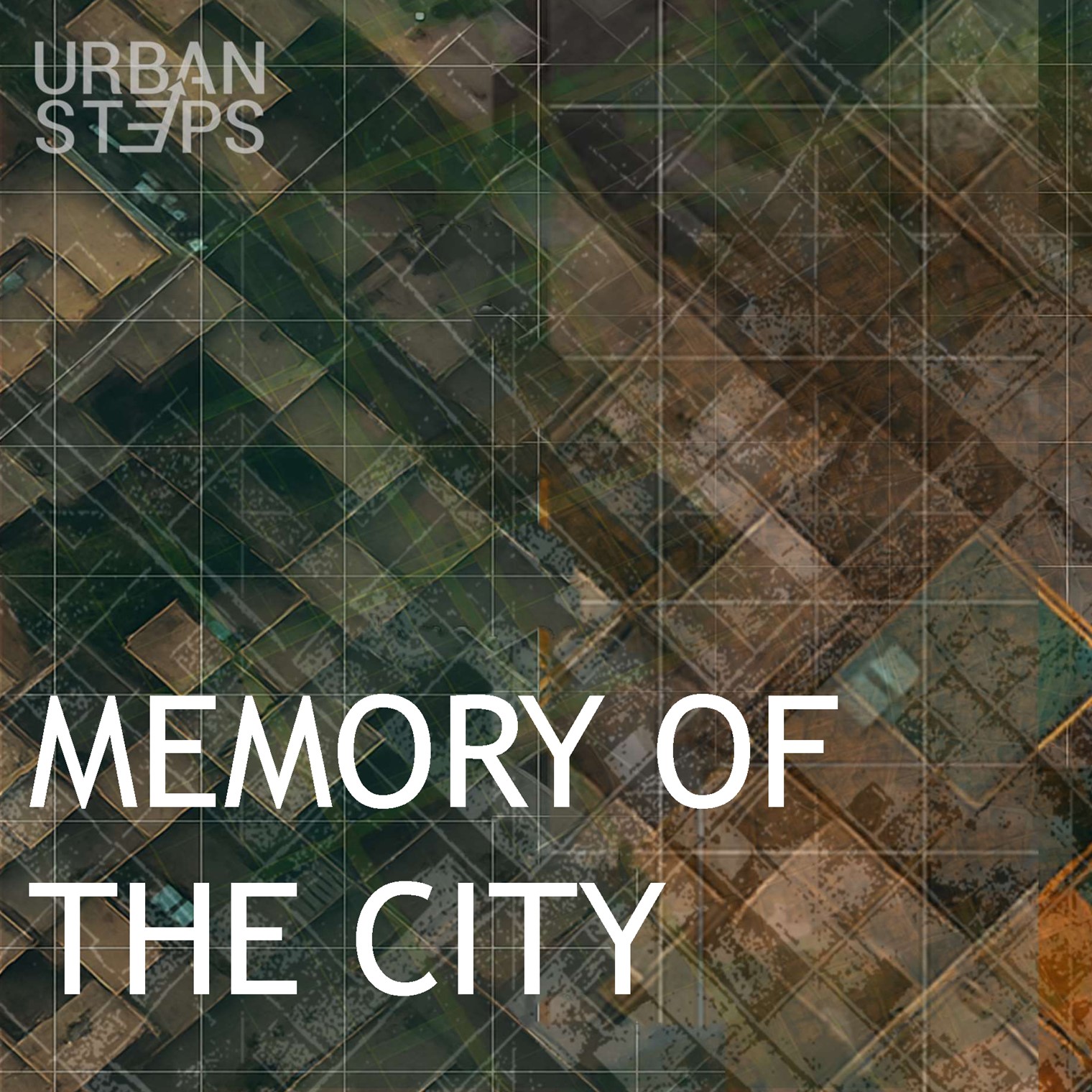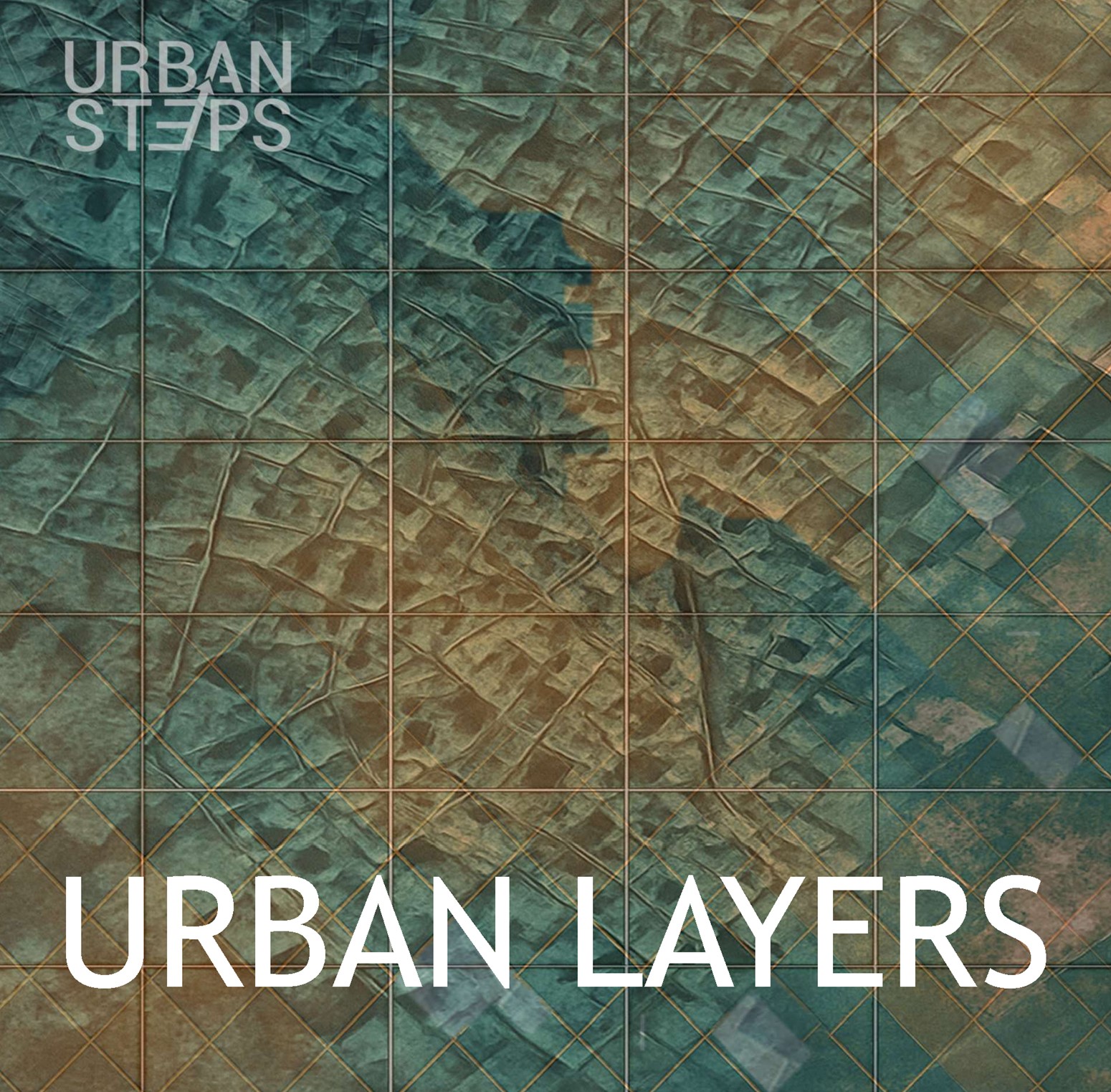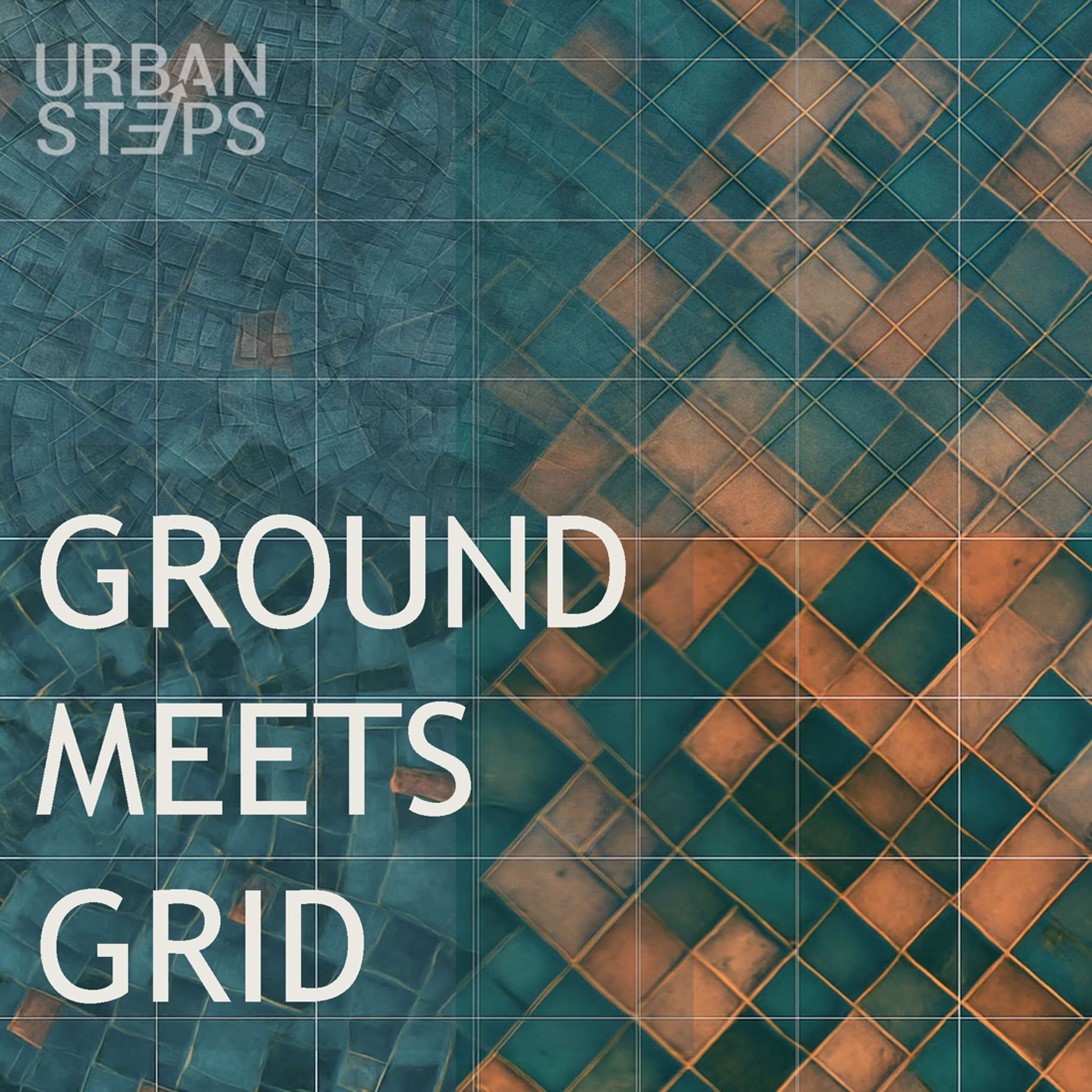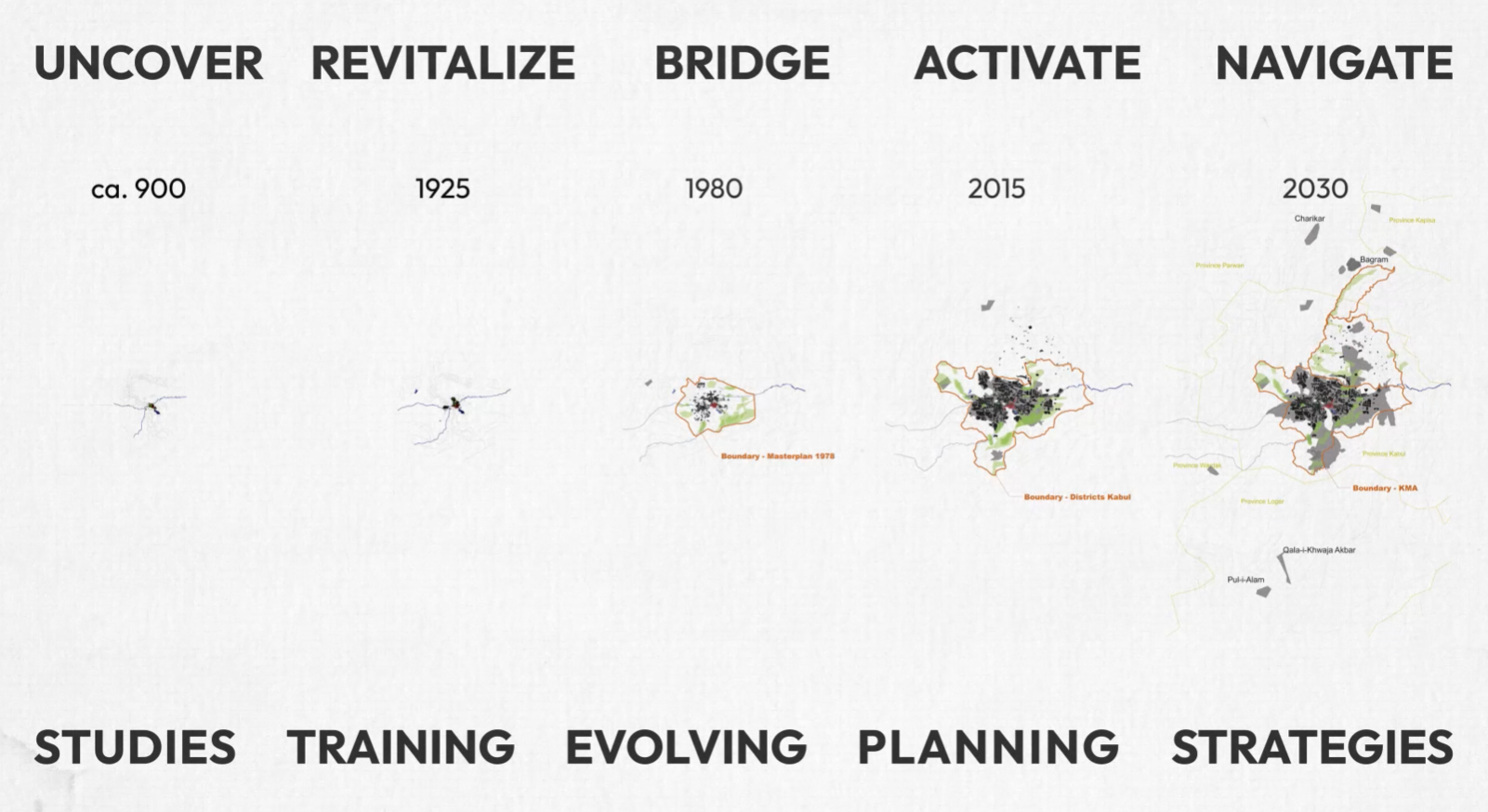
Urban memory
MEMORY OF THE CITY
URBAN LAYERS II:
Memory of the
City: Between Silence and Survival
Cities remember. Not in monuments or archives alone, but in the textures of
everyday life.
In Kabul, memory is contested terrain. The city has been written and
overwritten over so many times. What remains is not absence, but fragmentation:
broken lines of continuity, fragile islands of recollection, and stories that
persist in the margins.
This is not accidental. The erosion of memory is often not purposeful; it
is part of a larger process: to control a city, one must first erase its past.
In Kabul, this has taken many forms—military destruction, administrative
neglect, the standardization of master plans that flatten difference, the
disconnection between neighborhoods and their own history.
Erasure as a Tool
of Control
In Kabul’s old quarters, informal dwellings grow out of ruined foundations.
People still speak of gardens that no longer exist, of hammams that are now
workshops, of public squares that became traffic bottlenecks. Each retelling is
an act of urban resistance—a refusal to let the city’s inner logic be reduced
to zoning codes or political expediency.
Memory as Living
Infrastructure
At URBAN STEPS, we approach memory not as heritage in glass cases, but
as a living urban infrastructure—invisible yet structuring. We ask:
·
How does memory shape spatial behavior?
·
Where do communities archive their history when formal institutions fail?
·
What can planners learn from the emotional geography
of a place?
From Technocratic Planning to
Relational Understanding
Our methodology invites a shift from technocratic planning to relational
understanding. By working with local narratives, oral testimonies, and sensory
mapping, we create frameworks where memory becomes a resource for
transformation, not a burden from the past.
For cities like Kabul—fractured, informal, improvisational—this is not just
important. It is essential. Because without memory, urban development becomes
abstraction. Without memory, recovery becomes repetition.
We will trace how cities carry memory not in what they preserve,
but in what they rebuild.
Memory as a starting point
Cities do not forget; they carry memory in fragments, in what is rebuilt as
much as in what is lost. To work with memory is not to romanticize the past,
but to recognize its quiet persistence as a guide. In Kabul, and elsewhere,
memory is not an echo—it is a starting point.
What Comes Next
This post follows on from Urban Layers I, where we traced the first
steps of reading the city through its hidden layers. Together, these essays
build the foundation for future essays in the URBAN STEPS series:
- Ground Meets Grid
- Forgotten Order
→ Learn more in our
Glossary ofCritical Urban Terms
→ Explore how URBAN
STEPS distinguishes issues and responds to them
Join
the dialogue. Shape the strategy. Walk the ground.
About Dr.-Eng. Zahra Breshna
Dr.-Eng. Zahra Breshna is an architect, urban planner, and researcher with 20+ years of experience, specializing in developing innovative urban planning strategies for post-conflict and fragile contexts. Founder of URBAN STEPS, a cross-cultural urban learning and applied research program, and the Breshna Foundation for Culture, she bridges theory and practice, focusing on urban resilience, cultural heritage, and capacity-building for planners. Zahra has led strategic planning projects in Kabul, collaborated on architectural designs, and pioneered Afghanistan’s urban heritage safeguarding program. Her PhD and diploma in architecture from KIT focus on urban revival and transformation. Reach out to collaborate:
Email: info@urbansteps.org
Website: www.urbansteps.org
LinkedIn: @urbansteps
Are you ready to shape cities of tomorrow? Co-operate Now!




